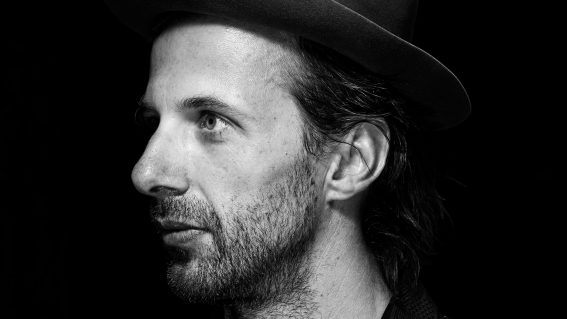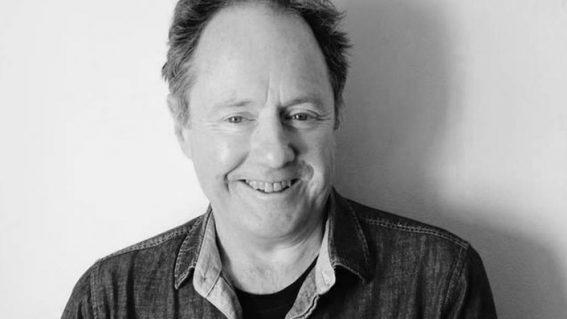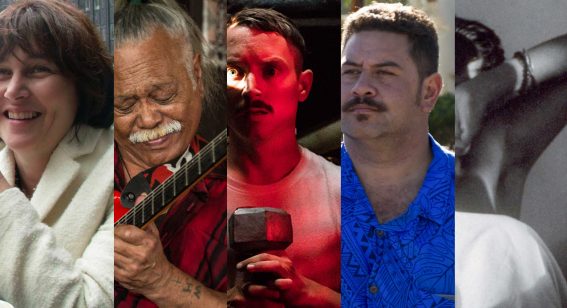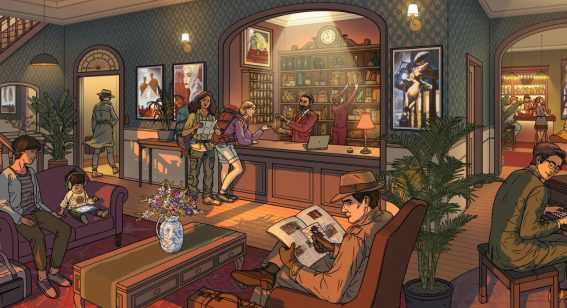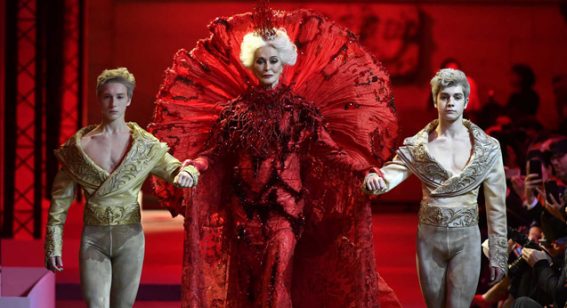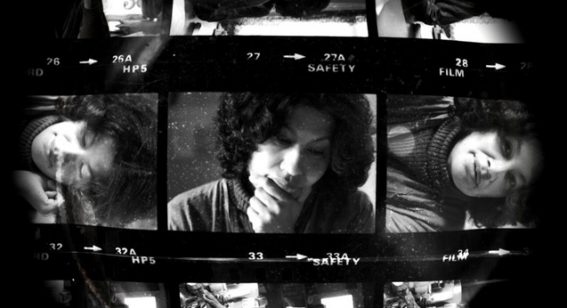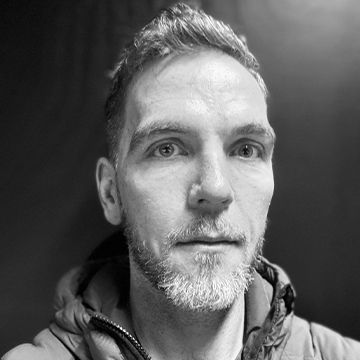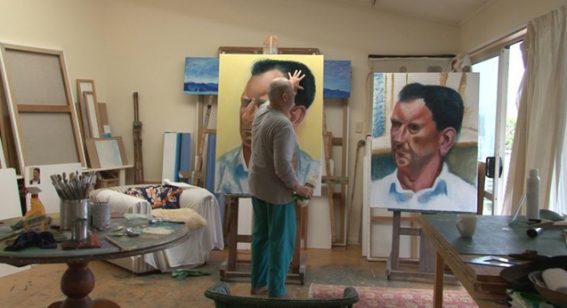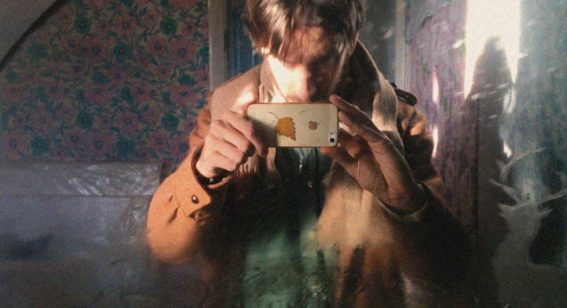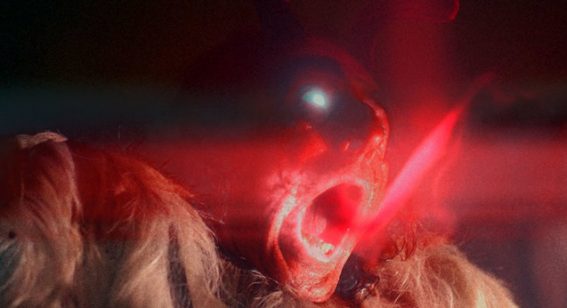NZIFF Q&A: East to East
The kids in the doco were “volun-told rather than volunteered”.
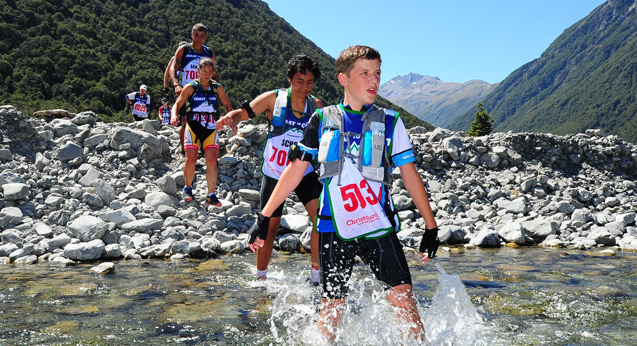
Aotearoa teens prepare to ake part in the challenging Coast to Coast endurance event in East to East, playing in Christchurch as part of the NZ International Film Festival.
FLICKS: Please summarise your film in EXACTLY ten words.
VANESSA WELLS: At risk teenagers challenge themselves competing in an extreme race.
What first motivated students to get involved with the race?
There is a moment in the film, where Rawiri Waaka (their teacher) explains they were “volun-told rather than volunteered” and that’s exactly what happened. Rawiri knew this was a great opportunity for the students and he encouraged them to get involved and stick with it.
How were they as documentary subjects at this early stage?
I think everyone (not just the students) was unsure about this strange film person who kept turning up and pulling out a camera! With the students, there was a reluctance to talk to the camera initially, and I was determined this was not going to be a reality TV style documentary, so my style was to be as discreet and gentle as possible. It was a slow exercise in building trust.
With the trainers and mentors, building the relationship was easier. Some I knew already – Rosie Shakespeare was my coach when I did the Coast to Coast the year before. And my insider knowledge of the course and the journey they were going on (in training as well as in the race) was invaluable, it really helped establish a rapport!
Throughout their training, I imagine you must have caught them in states of exhaustion – did this lead to a documentary-maker’s dream amount of unguarded moments?
The students themselves have many layers of protection! Part of this is the environment they have grown up in. There are about half a dozen spots in the film where I really feel they do let their guard down, and you can see inside. Particularly at the end of the first day, and when the girls are looking at the mountains at Klondyke, that’s a really special moment!
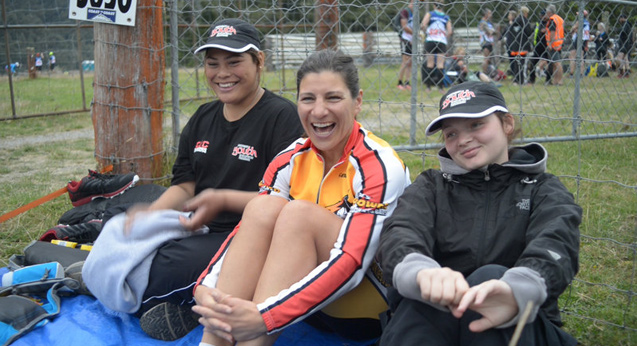
What are the pros and cons of making a film revolving around a training regime for most of the shoot?
The pros were that I knew where they were going and what they were doing. But the cons were the repetitive nature of training for such a big event. I only went to a small amount of the overall number of sessions they had to put in. It’s a lot of work training for such a big event! I did make a decision early on that I didn’t want to exploit or intrude into their family homes and private lives. In a lot of ways – this restricted the easy storytelling, but it also meant that a lot of the story is unsaid and between the lines – which makes it more subtle and in my opinion, more respectful.
How did your relationship with your subjects evolve over time?
I would like to think that the students had started to trust me more (you will have to ask them!), but in some ways it wasn’t until I had a rough cut of the film to show them all (students and trainers), that it started to make sense for those in it. And I think it was me who evolved more – my understanding of where they were coming from and an environment that I hadn’t spent a lot of time in – I learned a lot!
By the end, how much do you feel you had personally invested in the kids’ performance in the coast to coast?
I became quite emotionally attached to the whole project (I still am!). It was such a wonderful thing to have been part of (and to have been lucky enough to observe). And it wasn’t about the performance of the students – it was about the whole journey. I’m very grateful for the whole experience!
And the journey continues – we have developed an Education Cut of the film for high schools, aimed at Year 9/10 students. It hits the Health and Well-being competencies of the NZ Curriculum and has a resource kit focusing on resilience and grit. And that has been very emotionally rewarding too. If there is a chance that the film can influence more than those who are in it, I would be delighted!
What was the last great film you experienced?
The last film I saw was The Breaker Upperers and I loved it! Hilarious! But the last film that left an indelible mark was Suffragette. It was harrowing and such an important film. It has been coming back to mind a lot lately as I’m currently working on a Kate Sheppard project for the 125th Anniversary of Suffrage in NZ. It’s been an exciting year so far – and we are only half way through!






